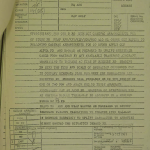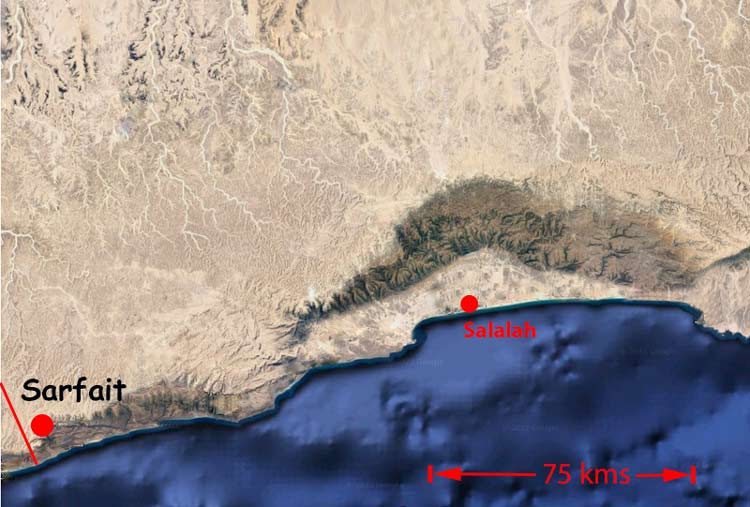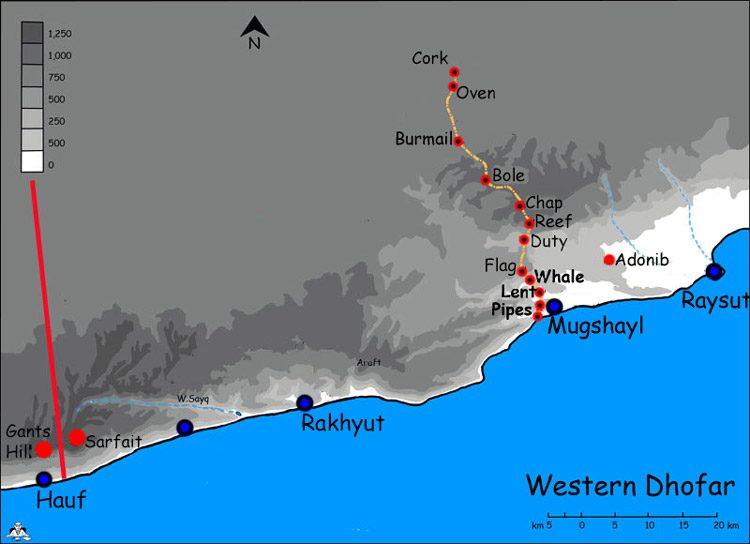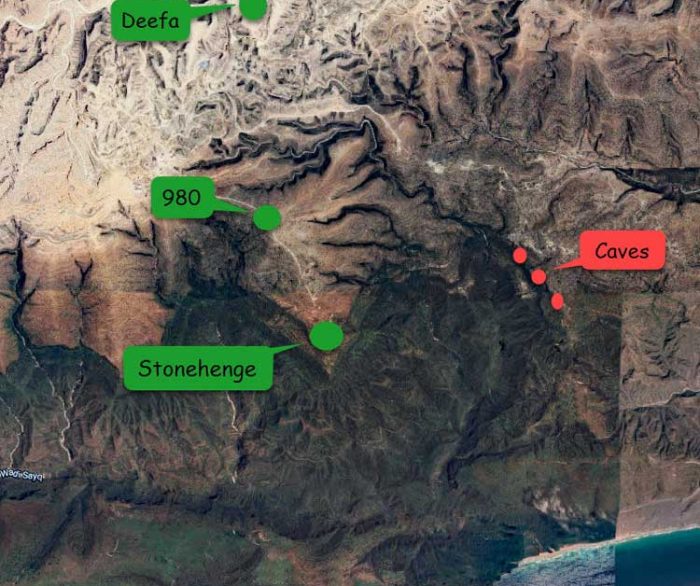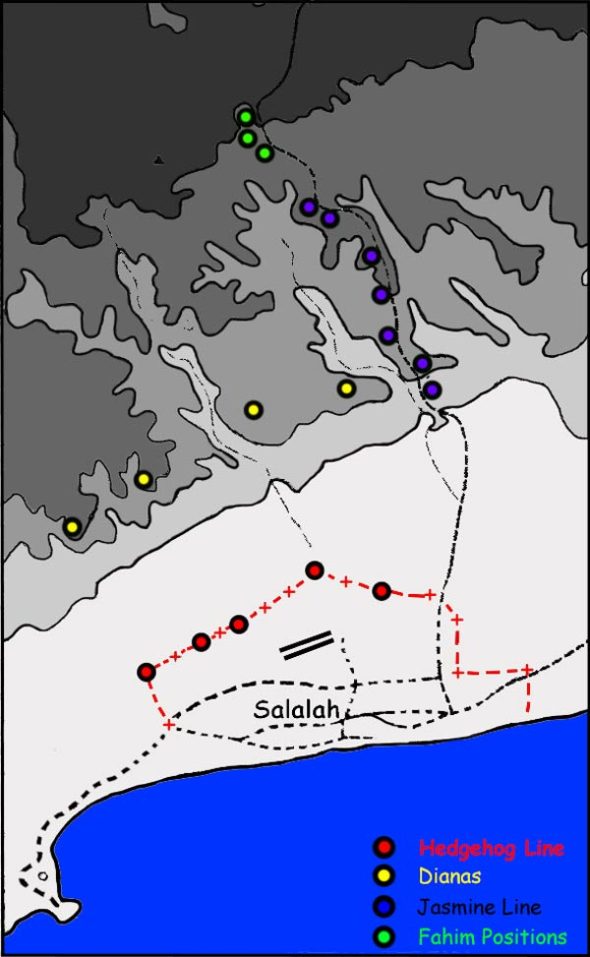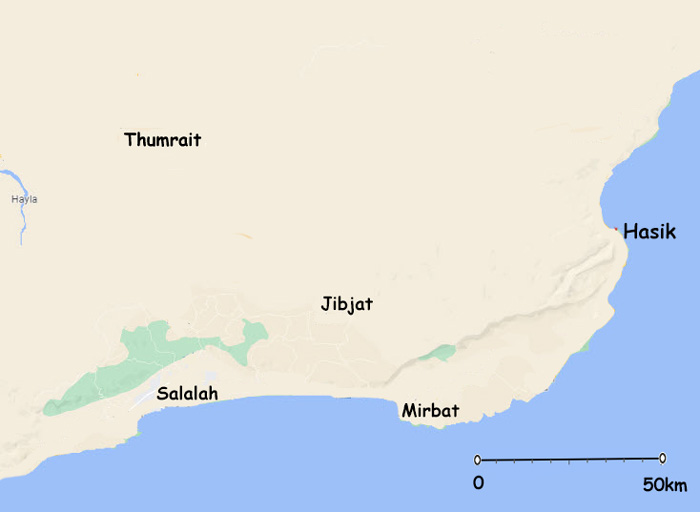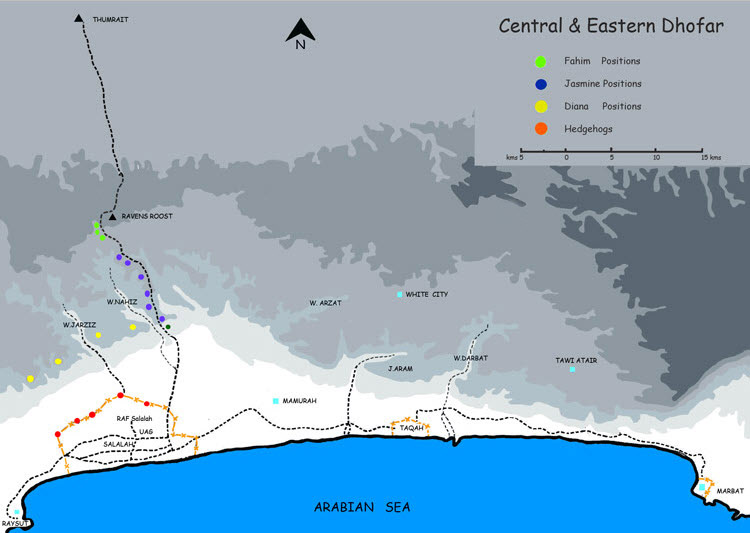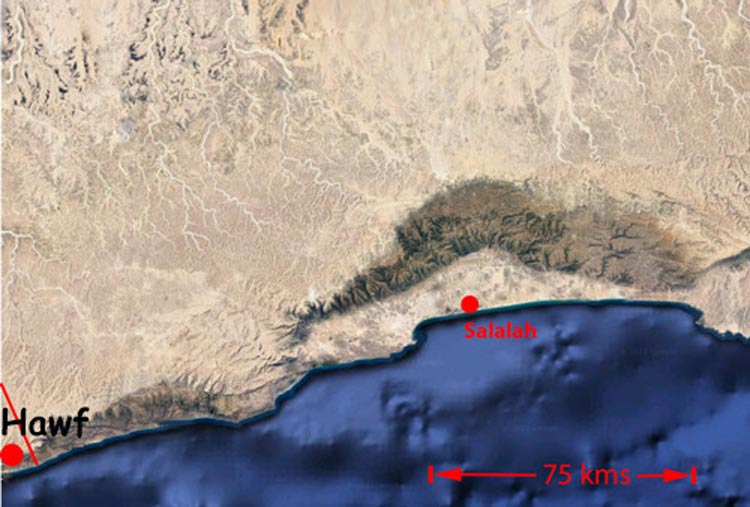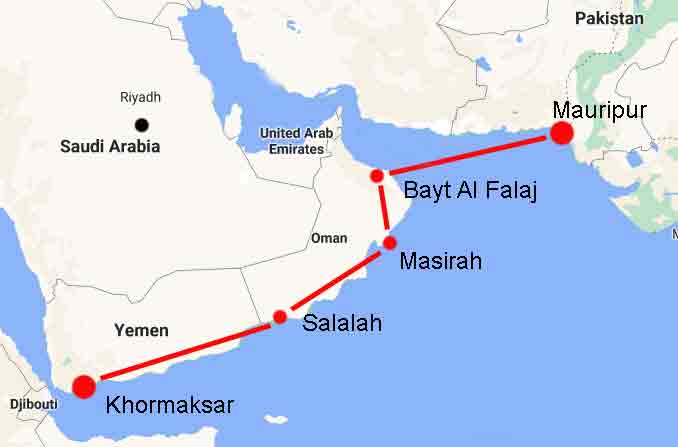
Casualty Evacuation “Op Storm”
The document which is attached to this page is a signal which outlines the aero-medical procedures for the onward passage of casualties from RAF Salalah back to the UK.
The signal suggests that small numbers of British troops would be involved in the insurrection and as a consequence there would likely to be small numbers of British casualties. The curious implication is then drawn that the seriousness of their of their wounds were likely to be minor and that they can be evacuated, for the most part, on any aircraft that happen to be passing by rather than by dedicated aero-medical evacuation flights. Medical escorts would be provided but a full aero-med evacuation team would only be sent from the UK at the last resort.
More importantly, should casualties have to be evacuated by stretcher on a plane that had other passengers on board, the priority would be that they should not speak to the other passengers and discuss the nature of their injuries or where they had received them. Secrecy was to be, above all else, the prime concern.
The secrecy was of course farcical. Plenty of people in the UK knew what was going on. The dissidents in Dhofar knew exactly who they were fighting and so did their masters in PDYR, China and Russia. Whilst there was no internet, news of what was going had been published in the daily newspapers and questions had been asked in Parliament. The signal at the bottom of this page regarding Sgt Moores demonstrates that observers at RAF Sharjah would have been aware of an injured soldier that was being transported in “secrecy”. The staff at the al Maktoum hospital in Dubai would have known that a British soldier had died.
The tone of the signal is very much that this is a nuisance obligation which should be fulfilled with little more than a token preparatory planning response.
The signal is dated the 5th of October 1971 and is from MOD(AIR) to HQ NEAF,HQ ASC with INFO to CAF At much the same time that day that the signal is being written things begin to unravel near Salalah where OP JAGUAR has got underway. CSAF declared that it had got off to a good start but not so for some.

During the early stages of OP JAGUAR S/Sgt MOORES of the BATT is injured and is taken to the FST S/Sgt Moores was casevaced to the FST and there undergone what was obviously heroic surgery which required huge and massive blood transfusion which in itself must have presesented very significant consequences for blood coagulation. That the FST team kept him alive with the simple apparatus that they had at their disposal is truly remarkable and an immense tribute to their skills.
It must also be remembered that they were not operating in any sort of a permanent building but in a canvas “F” assembly tent.
The ORB F540 from the Station Commander makes some reference to the difficulty in finding the blood of the appropriate grouping.

The following extract is from Sgt Bob Atkinson’s Journal who was the FST’s Radiographer.
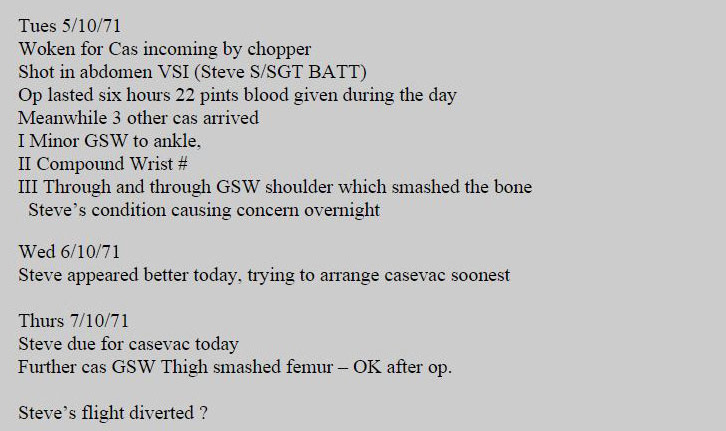
The comment that “Steve’s flight diverted” is illuminating. Up until the 5th of October there had been no protocols laid down for the evacuation of casualties from the FST at Salalah. On the 5th Wing Commander Sewell issues the instructions but of course they would have taken some time to implement. On the 8th of October S/Sgt Moores was evacuated to the Gulf by C-130. By all accounts it was a very difficult flight because of extreme turbulence. His condition swiftly deteriorated.
27/01/2015 : Bob Atkinson tells me that the evacuation was by Andover which, being a smaller two engined plane would, I imagine, be more affected by turbulence.
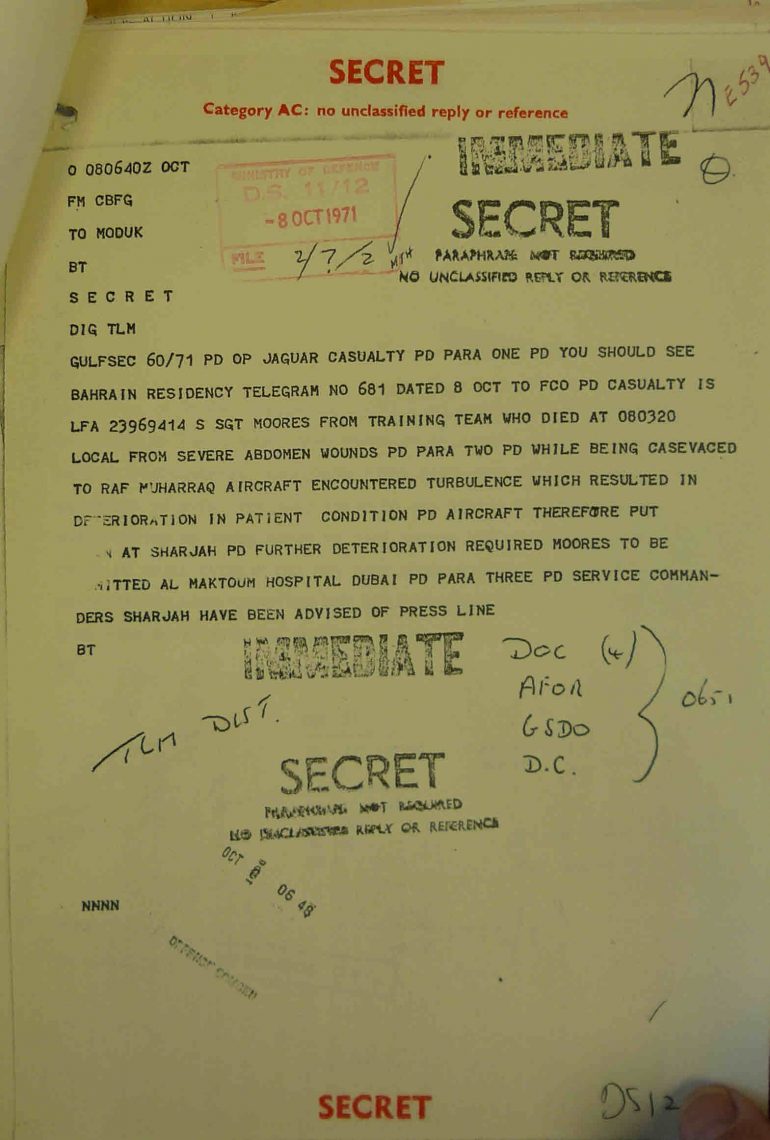
In August 1972 casevac of Takavesi,Tobin and others was by C-130 from RAF Salalah onward to Cyprus
Parts of the Document referred to above are from the PRO at Kew and are reproduced under the OGL conditions relating to Crown Copyright.

